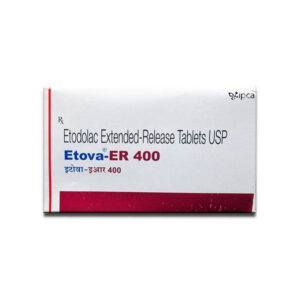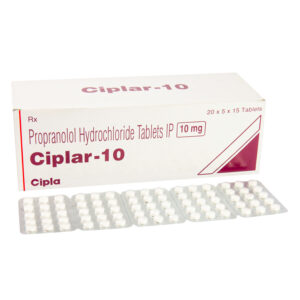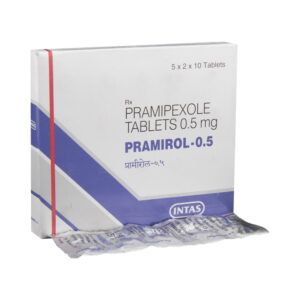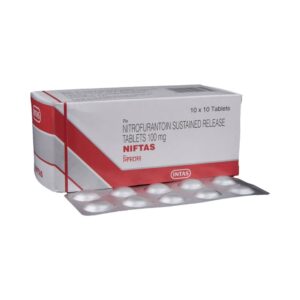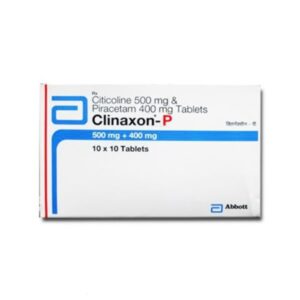Darifenacin Information
What is this drug used for?
• It is used to treat an overactive bladder.
Possible side effects
Darifenacin may cause side effects. Tell your doctor if any of these symptoms are severe or do not go away:
• Heartburn.
• Constipation.
• Dry mouth.
• Upset stomach.
• Headache.
Some side effects can be serious. If you experience any of these symptoms, call your doctor immediately or get emergency medical treatment:
• Signs of an allergic reaction, like rash; hives; itching; red, swollen, blistered, or peeling skin with or without fever; wheezing; tightness in the chest or throat; trouble breathing, swallowing, or talking; unusual hoarseness; or swelling of the mouth, face, lips, tongue, or throat.
• Signs of a urinary tract infection (UTI) like blood in the urine, burning or pain when passing urine, feeling the need to pass urine often or right away, fever, lower stomach pain, or pelvic pain.
• Very bad headache.
• Feeling confused.
• Hallucinations (seeing or hearing things that are not there).
• Feeling sleepy.
• Very bad constipation.
• Very bad belly pain.
• Trouble passing urine.
• Change in eyesight.
• Not sweating during activities or in warm temperatures.
• Dizziness or passing out.
• Fever.
• Feeling tired or weak.
• Very upset stomach or throwing up.
Medication Safety Issues
Sound-alike/look-alike issues:
Enablex may be confused with Effexor XR
Geriatric Patients: High-Risk Medication:
Beers Criteria: Darifenacin is identified in the Beers Criteria as a potentially inappropriate medication in patients 65 years and older due to its strong anticholinergic properties (Beers Criteria [AGS 2019]).
Storage and Stability
Store at 25°C (77°F); excursions permitted to 15°C to 30°C (59°F to 86°F). Protect from light.
Adverse Reactions
>10%: Gastrointestinal: Xerostomia (19% to 35%), constipation (15% to 21%)
1% to 10%:
Cardiovascular: Hypertension (≥1%), peripheral edema (≥1%)
Central nervous system: Headache (7%), dizziness (<2%), pain (≥1%)
Dermatological: Pruritus (≥1%), skin rash (≥1%), xeroderma (≥1%)
Endocrine & metabolic: Weight gain (≥1%)
Gastrointestinal: Dyspepsia (3% to 8%), abdominal pain (2% to 4%), nausea (2% to 4%), vomiting (≥1%)
Genitourinary: Urinary tract infection (4% to 5%), vaginitis (≥1%), urinary retention (acute)
Neuromuscular & skeletal: Weakness (<3%), arthralgia (≥1%), back pain (≥1%)
Ophthalmic: Dry eye syndrome (2%), visual disturbance (≥1%)
Respiratory: Flu-like symptoms (1% to 3%), bronchitis (≥1%), pharyngitis (≥1%), rhinitis (≥1%), sinusitis (≥1%)
Postmarketing and/or case reports: Anaphylaxis, angioedema, confusion, erythema multiforme, granuloma (annulare), hallucination, hypersensitivity reaction, palpitations –



